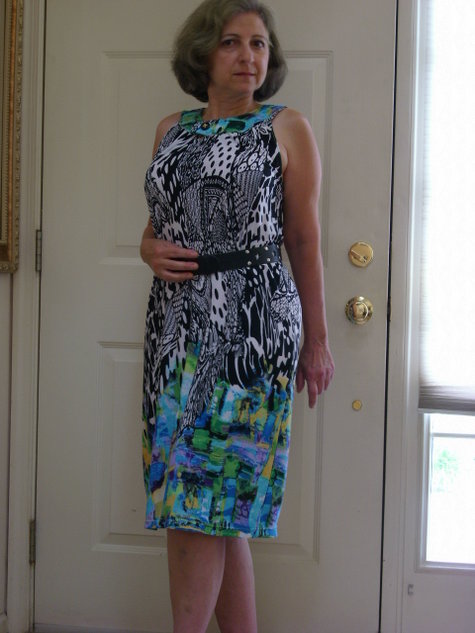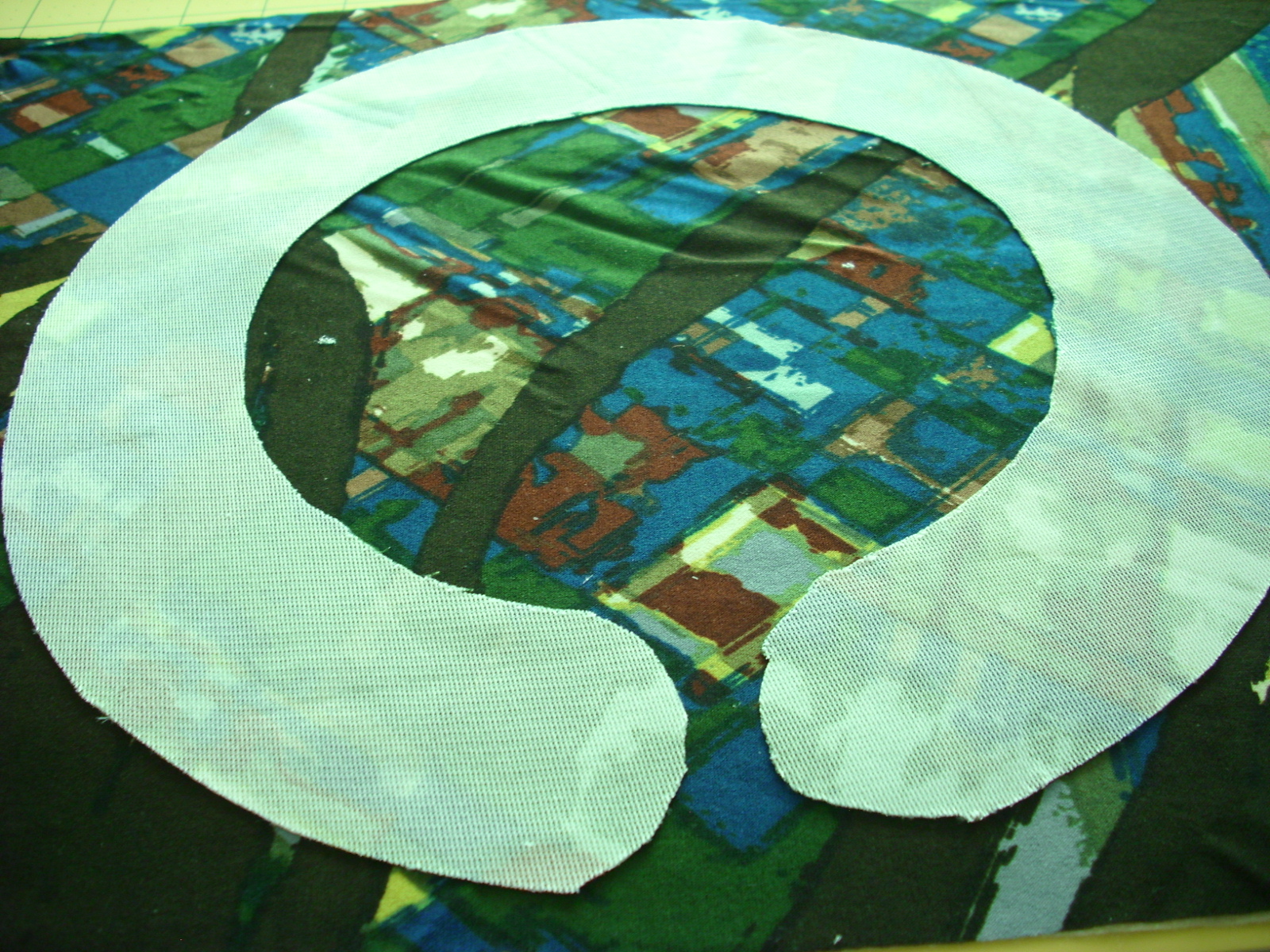In a letter from the State of New Jersey, Governor Chris Christie said, "I applaud the American Sewing Guild for encouraging individuals to come together in their communities to meet new people and to learn this important craft (of sewing)." It is always an honor to be recognized for community service, and it was definitely a treat to be thanked by our state leader. His letter will be an important page in the Princeton Chapter history scrapbook.
In addition to receiving this gracious letter, members of the Princeton Chapter of the American Sewing Guild celebrated National Sewing Month with Neighborhood Group special events, an elegant display of treasures at the Pemberton Library, and the popular Make-It-and-Take-It day.
The annual Make-It-and-Take-It event is always a favorite. ''Members like to be able to learn how to make several projects in one day," is how Kathy, the event's organizer, describes what makes this event often sell out soon after announcement. Having this class in the fall affords members plenty of time to create any of the demonstrated projects at home in time for holiday gift giving.
The lively atmosphere in the church hall was due to the structure of the event, which is similar to speed dating or musical chairs. Members arranged their sewing machines in small groups, and six instructors rotated between the groups. Each instructor had only forty-five minutes to present an example of her completed project, distribute written instructions and supply kits, and guide her students in the construction of the projects.
This adorable little wallet (above) was quickly assemble from a few pieces of fabric and string or a pony tail elastic (below).
The instructor used her wallet to carry tea bags and sugar.
I immediately moved my ID and money into mine.
Next, we created this adorable draw string tote from two squares of pretty woven cotton, ribbon, and two buttons.
Since our instructor made hers from this festive fabric, it was natural to think these could be re-usable gift bags, or convenient holders for seasonal cookie cutters or craft supplies.
The large pockets on the front and back of the bag could be closed with velcro or buttons.
These cute quilted pot holders made using insulated batting will bring smiles to Jersey Girls when presented as hostess gifts.
Our caterer, Chris, prepared a delicious lunch as always. We had an abundance of baked chicken, stir fried vegetables, green salad with blue cheese, mashed potatoes, iced tea, and an assortment of desserts. Our president introduced the officers/nominees, and invited all to our private Facebook Group.
After lunch, we discovered the secret to these trendy fabric flowers was to combine yo-yos, hand sewing, and glue. We were planning to make more of these while we watch television (sewing shows, of course).
Then we made these multi-pocket pouches that were designed to attach to clothes hangers during travel. Our instructor stated we could hide jewelry/passports in the pockets of these handy bags, and then place a sweater over the hanger and bag. She also made sure we all wrapped our corners during construction, creating the perfect ninety degree angles shown in her sample (below).
Our final project was this practical pair of gauntlets. Our instructor encouraged us to embellish our fingerless gloves with scraps of fleece. She recommends keeping extra pairs in your car to give to friends (or strangers) whose uncovered hands may get cold.
I am looking forward to making these projects again, as well as sewing with other members at next year's Make-It-and-Take-It.
++++++++++++++++++++++++++++++++++++++++++++++++++++++++++++++++++
Neighborhood Groups of the Princeton Chapter of American Sewing Guild celebrated National Sewing Month in unique ways.
Aaron Wheeler, Vitas Hospice social worker, receiving walker bags from Ellen Nobles-Harris. The Princeton Rip Stitchers and their families completed twenty-nine bags for their annual American Sewing Guild charity project.
It is a wonderful feeling to use our skills to help others maintain some independence. What stylish and well constructed bags!
Ellen Nobles-Harris, Peg Miller, Dottie Collins and Donna Elliot displaying 29 walker bags made for Vitas Hospice. Not pictured: Jane Shea (photographer) and Ruth Derr.
Trivia: The photo in the background is Peg Miller's high school graduation photo. She turned 88 in August.
+++++++++++++++++++++++++++++++++++++++++++++++++++++++++++++++
The Sew What Neighborhood Group celebrated National Sewing Month by celebrating their four birthday as a evening Neighborhood Group meeting. They had a new member attend and all discussed what they love about sewing. Their demonstration was a hands-on interactive demo of English Paper Piecing and the Grandmother's Flower Garden Quilt design.
+++++++++++++++++++++++++++++++++++++++++++++++++++++++++++++++++




















































